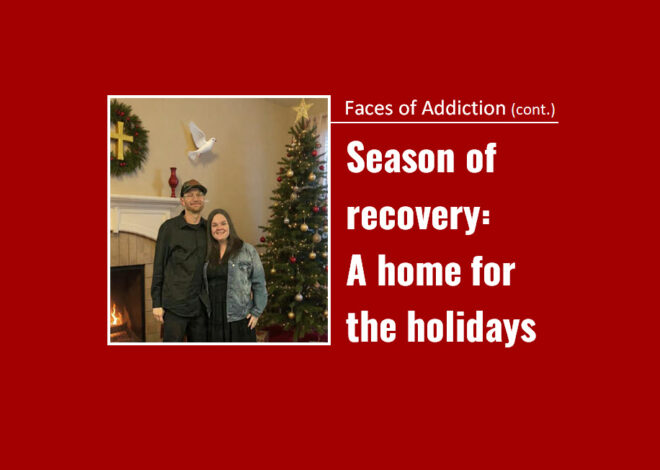The longest journey begins with a single cell

by Eric Rasmussen
Our bodies are composed of trillions of cells that specialize in numerous ways to give rise to the walking, talking, and conscious human body currently reading this sentence.
Amazingly, each of our intricate bodies started as one single cell containing all the precious blueprints for life, DNA.
DNA amounts to a genetic book of the dead. Its four chemical letters (adenine, guanine, cytosine, and thymine) tell the story of ancient environments, adaptation, and a molecular quest for immortality. Each generation adds its chapter of atomic experiences into the medium of stellar dust.
Through specific biochemical processes, roughly 3 billion letters of human DNA duplicate in the progenitor cell. Then they split into two daughter cells, each containing its own complete set of DNA. These two cells soon follow suit and split, beginning a cascade of growing cells.
DNA’s duplication process is strikingly precise, making on average, one error in a billion letters. That is equivalent to copying each of the one million words of the Harry Potter series 922 times with but one error.
After about 50 to 60 of these generations, we arrive at our bodies. Every cell is a miniature universe of cellular activity, and each shares the same DNA.
This bears repeating: Each of our cells has the same DNA, so the same genes that reside in our stomach cells also exist in our brain cells.
But clearly, our brain and stomach perform different functions. While stomach cells are busy secreting acid, brain cells are sending and receiving electro-chemical signals to and from our nervous system.
These radically diverse functions are possible because cells have the ability to turn on specific genes and turn off others. Cells express or unexpress differing segments of their DNA, and this toggle-switch-like capability enables cells to develop specific functions.
Imagine if our eyeball cells wrongly expressed genes to develop a tooth, and an incisor grew out of our eyes! The idea sounds extreme until we substitute “full leg” for “tooth” in the example below. Witness the reality of the humble fruit fly whose HOX genes happened to wrongfully express as a leg instead of an antenna.

We humans are not immune to genetic misfires. We, too, may experience issues related to DNA expression.
Take the old saying, “An apple a day keeps the doctor away.” Unfortunately, for people with hereditary fructose intolerance, an apple may prove deadly. These individuals lack the correct gene expression to break down fructose, the sugar in fruit. This microscopic deficit leads to toxic, and potentially fatal, buildups of specific products in the body.
But when DNA expression works correctly, it can result in a walking, talking, conscious human being. Choreographed through the laws of physics, DNA logs our molecular paths to our progenitors and ancient ecosystems. It’s a symphony of self expression–or of unexpression, if you will. Ultimately, DNA records our stories in cellular machinery that connects us all.
Activity:
DNA, the molecular building block for all life on Earth, is surprisingly easy to acquire. Click on the link below for step-by-step do-it-yourself instructions for separating a strawberry’s complex DNA molecules into visible strands:
https://www.scientificamerican.com/article/squishy-science-extract-dna-from-smashed-strawberries/
Coming next: Learn about the secrets of vision.
Eric Rasmussen, BS, M.Ed., obtained his bachelor of science degree at the University of Colorado at Boulder. He majored in ecology and evolutionary biology, minored in physical anthropology and specialized in disease dynamics. Eric now serves as a Learning Technology Coach at Erie High School and Erie Middle School in the St. Vrain Valley School District, CO.



